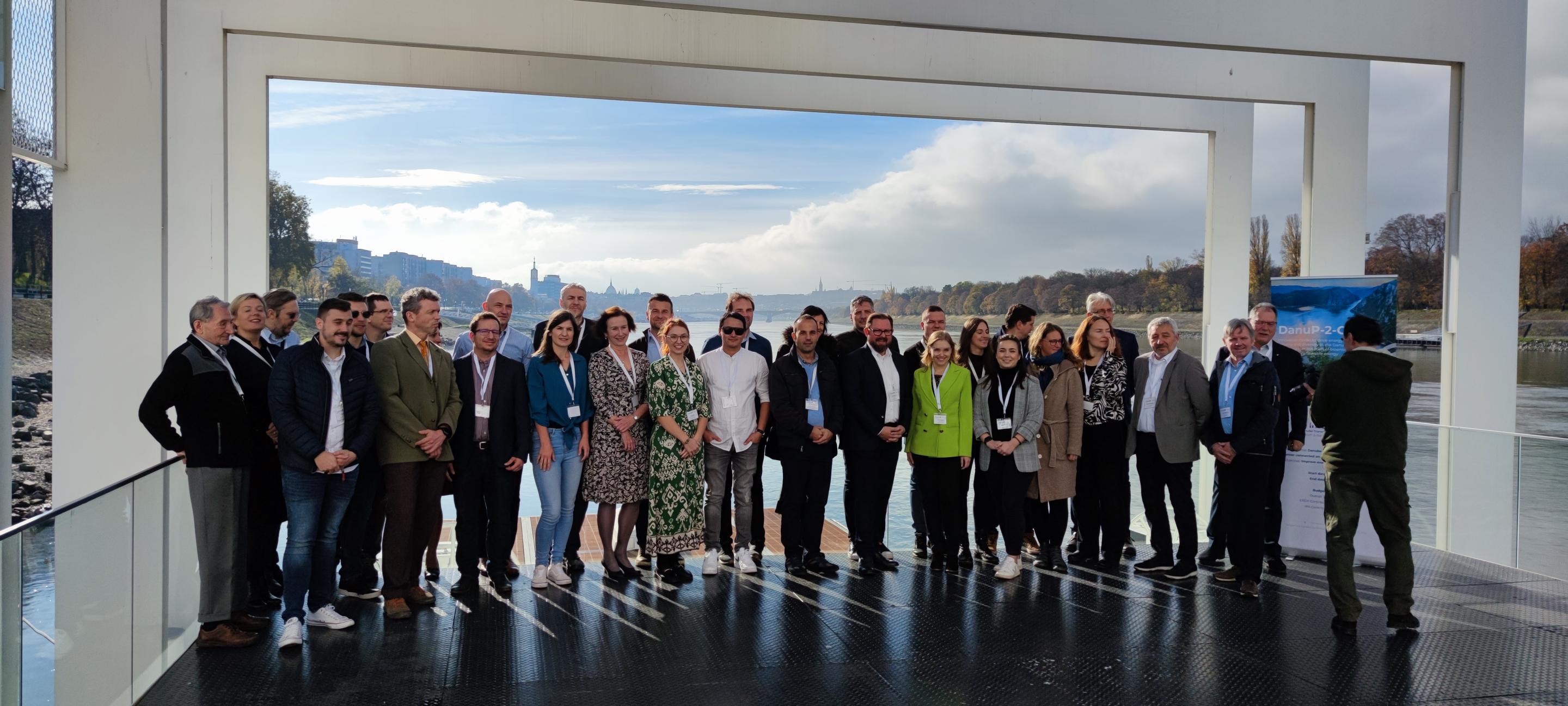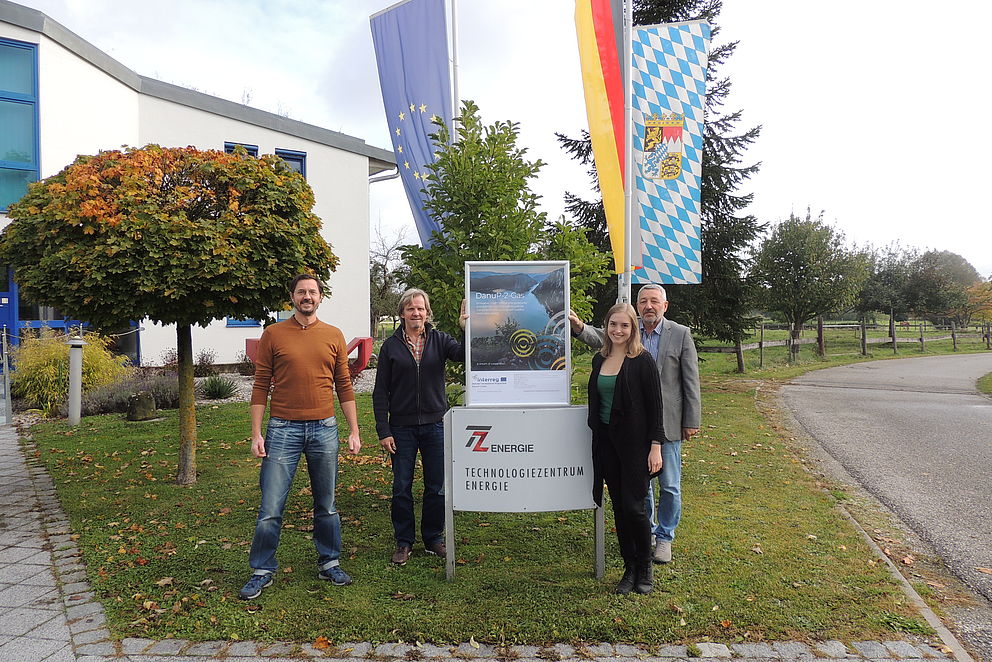Leveraging Project Results to Shape Policy: A Closer Look at DanuP-2-Gas Project
05-09-2023
In the ever-evolving landscape of renewable energy and sustainable practices, transnational projects can be instrumental in advancing technological frontiers but also in influencing the policies that drive these transformations. The DanuP-2-Gas project developod concept to speed up the shift from fossil fuels in ten countries in the Danube region. Moreover, it provided a visionary strategy aimed at policymakers and industry stakeholders, showing the future of the power-to-gas sector. In this interview with Astrid Heindel, Research Associate from the Landshut University of Applied Sciences, we delve into the DanuP-2-Gas project's impact, examining how its results have been utilized, their influence on policy decisions, and the challenges encountered along the way.
September 4, 2023
Team of the Landshut University of Applied Sciences.
1. How have the project results been used?
During the DanuP-2-Gas project, we developed an atlas showing the locations of biogenic residues, renewable energy plants and logistical connections. This data can be imported into the DanuP-2-Gas optimization tool, an excel tool that calculates the economic feasibility of a power-to-gas hub for a certain location based on the inserted data. The tool considers production of green hydrogen, biomethane, renewable electricity and heat from biomass as well as biochar. An additional output is a strategy for the future of the power-to-gas sector, targeted at policy makers and industry.
During the DanuP-2-Gas project, we developed an atlas showing the locations of biogenic residues, renewable energy plants and logistical connections.
2. Was the project's impact on policy making as expected?
3. Was there any resistance or challenges in adopting the project results by the policy makers?
4. How can future projects better support use of the results to drive positive change?


